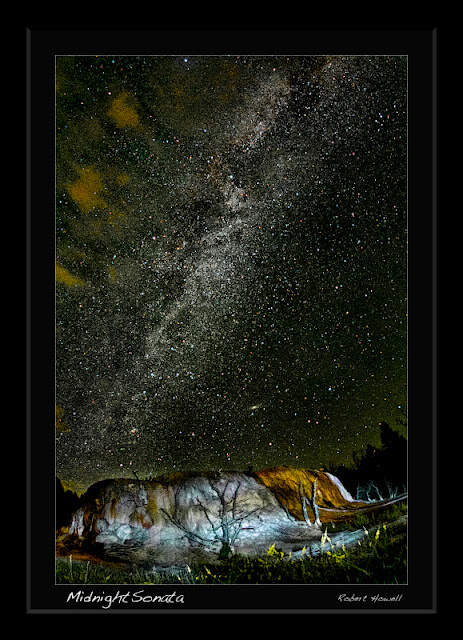At the heart of ‘essence
photography’ is knowing there’s a deeper spirit or meaning to be seen or get
across. And believing you
can show it, express it with a photographic image. It’s a challenge.
It’s more than simply snapping scenes with a camera. It’s listening to the scene, absorbing
the sounds and the feelings of the breeze, sunshine, moon glow…it’s putting
yourself in the same attitude as the boulder or roots in the soil, the bird's
grip on the limb or the wind beneath its wings..."the thing itself", to use Edward Weston's term. Same goes for scenarios, I suppose…what are the real,
deeper meanings behind conversations or arguments or persuasions?
E.W. thought; ...an abstract idea can be expressed by liberal or exact representation, but not without the [artist's] "soul" be very much aware of it. "...If a soul be unaware, and a camera be used to copy an apple, the result can be no more than a record of an apple: but give the camera and apple to one who sees more than said apple's surface and edible qualities, who understands the apple's significance, __then, the result will be __ more than an Apple!"
The challenge is to find ways to bring
out the essence of the scene or situation.
Will different compositions, adding a different light on the subject, filtering/diffusing, leading lines or inquisitions draw attention to the deeper meaning? How shall I create, present and share images that my soul perceives?
Will different compositions, adding a different light on the subject, filtering/diffusing, leading lines or inquisitions draw attention to the deeper meaning? How shall I create, present and share images that my soul perceives?
This fellow slept and peeked for over an hour here. I had time for different compositions and deliberately chose this weed in the eye point of view. The Owl is
seeing me and I him in a special way around, through, with, that weed
straw. It’s as integral as the Owl
to the setting, perhaps more?
Here the conspicuous
weed across the eye of this Owl, is uncomfortable to some viewers. It’s a deliberate angst I’ve created to call
attention to what my "soul" found as the essence of this scene.
return to:
Robert Howell Photography.com
for more information drop me a line
"See you out there"
~~~Bob


.jpg)

.jpg)











